If your showers feel lukewarm or you notice a strange taste in your water, a build‑up of sediment could be the cause. Flushing the water heater removes that gunk, improves efficiency, and can add years to the unit’s life. The good news? You don’t need a plumber for a basic flush – just a few tools and a little time.
Most experts recommend a full flush every 12 months, especially if you have hard water. In areas with very hard water, twice a year can prevent heavy scaling. Look out for warning signs: noisy heating, slower hot water recovery, or a cloudy water tank. When these appear, flush sooner rather than later.
1. Gather supplies. You’ll need a garden hose, a bucket, a wrench, and a pair of gloves. Turn off the power or gas to the heater – electric units need the breaker off, gas models need the pilot off.
2. Shut off the water supply. Locate the cold‑water inlet valve (usually at the top) and turn it clockwise until it stops. Open a hot‑water faucet somewhere in the house to relieve pressure.
3. Connect the hose. Attach the hose to the drain valve at the bottom of the tank. Run the other end to a floor drain or outside where the water can flow safely.
4. Drain the tank. Open the drain valve and let the water run until it looks clear. You may need to open the pressure‑relief valve on the side of the tank to let air in and speed up draining.
5. Flush the sediment. Once the tank is empty, briefly turn the cold‑water supply back on while the drain valve remains open. This stirs up any remaining debris and flushes it out. Let it run for a minute or two, then close the supply.
6. Refill and restart. Close the drain valve, remove the hose, and turn the cold‑water supply back on. Open a hot faucet until steady water flows – this purges any air. Finally, restore power or relight the pilot and let the heater heat up.
That’s it. A full flush only takes about 30‑45 minutes, but the payoff is quieter operation, lower energy bills, and longer life for your heater.
Want to keep track? Mark your calendar the day you finish and set a reminder for next year. If you notice persistent problems after flushing, it could be a sign of a failing element or a larger issue – that’s when calling a professional makes sense.
Regular flushing also helps maintain warranty coverage for many brands, so keep the receipts and note the service date. A little effort now saves you from costly repairs down the line.
Bottom line: flushing your water heater is one of the cheapest maintenance tasks you can do yourself. It keeps hot water clean, cuts energy waste, and extends the lifespan of a key household appliance. Grab that hose and give your heater a fresh start today.
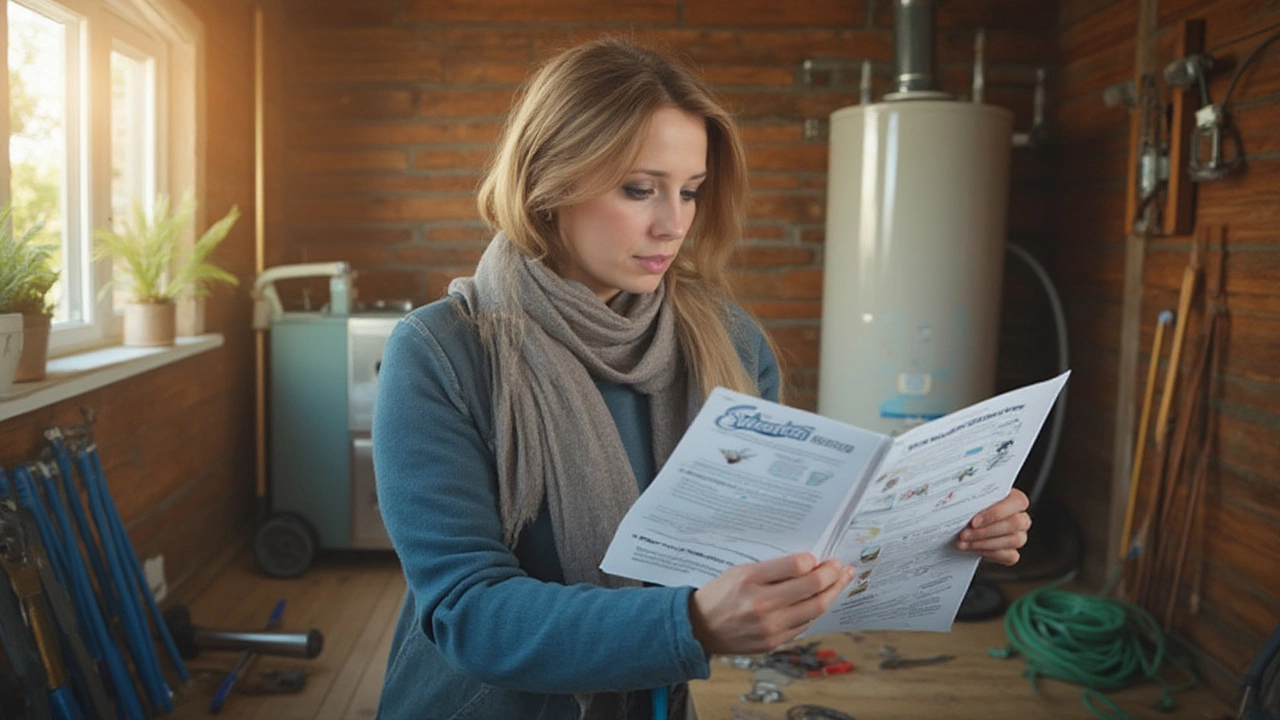
Wondering if you can flush your water heater yourself? Learn the step-by-step process, tools you'll need, and expert tips to extend your water heater's life.
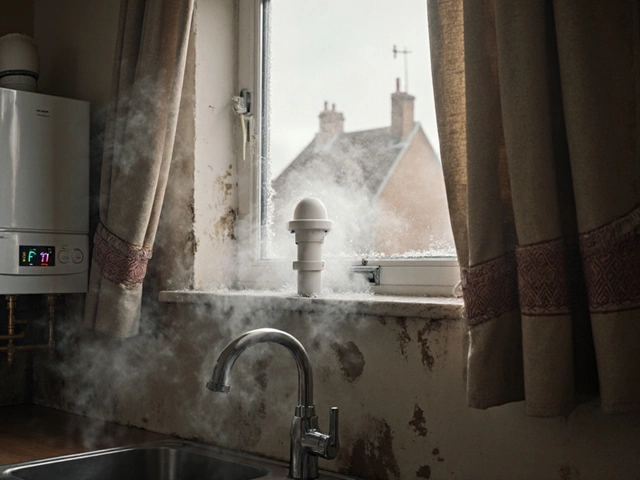
Your hot water stopped suddenly? This guide breaks down the top 7 causes - from low pressure to frozen pipes - and shows you how to fix them yourself before calling a plumber.

Cracked or damaged glass hobs make you panic, but not every problem spells doom for your stove. This article breaks down what issues can actually be fixed and when it's smarter to replace the glass. You’ll get real-life tips, possible repair options, and clear warnings for common mistakes. Safety comes first, but you’ll also find out when you can handle things yourself—or absolutely need a pro. Practical info, simple steps—you’ll get the full story on glass hob repair.
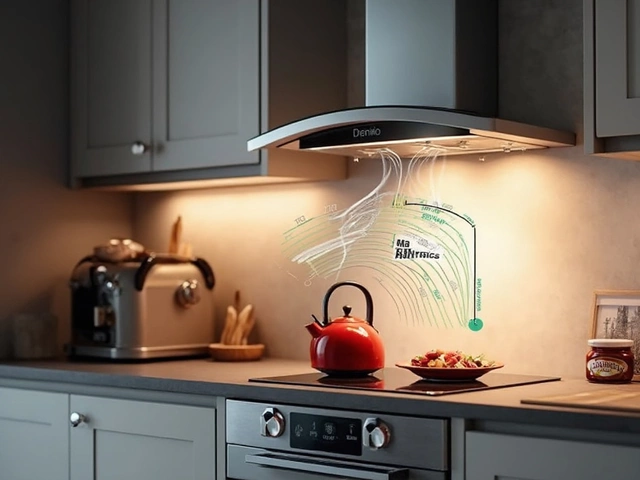
Choosing the right extractor fan can be a tricky task with so many options on the market. This guide breaks down key factors like fan types, sizes, noise levels, and energy efficiency to help you make an informed decision. We dive into tips on proper sizing and essential features to look for. Find maintenance tips and tricks to keep your fan running smoothly. Equip yourself with the knowledge you need to ensure a wise investment.
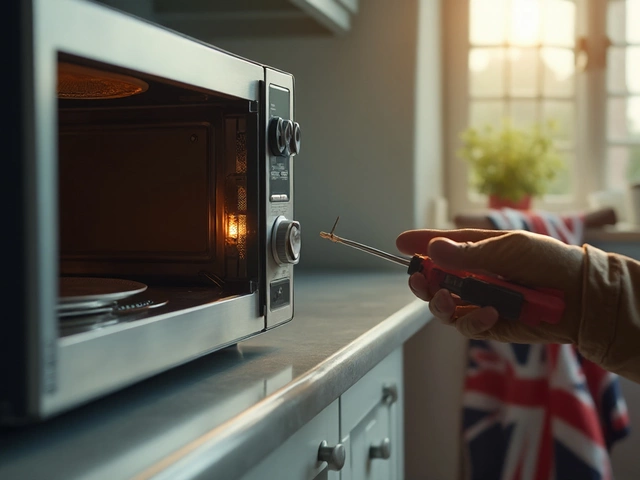
Learn fast how to spot a blown microwave fuse, test it safely, and replace it yourself. Step‑by‑step instructions, tools needed, and common pitfalls covered.
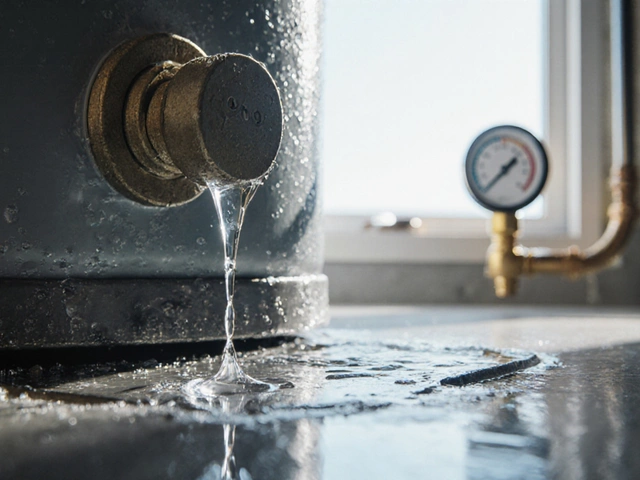
Water heater leaks usually come from five common spots: the pressure relief valve, anode rod, drain valve, tank corrosion, or pipe fittings. Learn where to look and how to fix it before it turns into a flood.